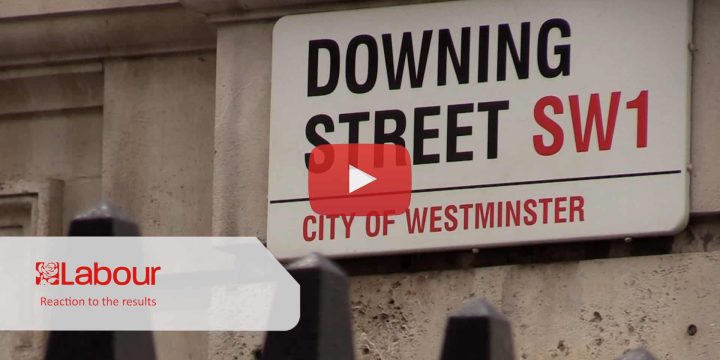News & Insights
The Hackitt Review changes will be significant but we need clarity now
The changes which will be brought about by the Hackitt Review will have a wide-reaching impact – but the sector needs clarity in the short term as well, writes Eamon McGoldrick
Last week saw the publication of Building a Safer Future, which is a government consultation on proposals for reform of building safety management following the Hackitt Review.
This consultation has taken along time to come to fruition, but it is a very thorough document comprising 192 pages and goes a long way to answering some of the questions about future management and regulation of high-rise and complex buildings.
The consultation document outlines which types of buildings will come under the new regulatory arrangements, what the new regulatory framework will look like, how residents will be kept informed and how they can escalate any concerns they may have on safety issues. It also proposes how the new regulator will sanction and penalise failure by developers and landlords.
The consultation is broadly in line with what we had anticipated, but there are a few points worth highlighting:
First, Dame Judith Hackitt had proposed that any changes should be brought in for buildings over 10 storeys or 30 metres. The government has decided to go a step further and wants the new regulatory regime to apply to all multi-occupied residential buildings of 18 metres and above (six storeys).
This is a significant change and potentially brings hundreds, if not thousands, of additional blocks into scope. It will also in theory impact more landlords who originally said they didn’t have any tower blocks.
Second, in the construction phase there will be five dutyholders and a series of ‘gateways’ to be passed before construction starts or a building is handed over for occupation.
Third, for the buildings in scope, the regulatory regime is going to be very intensive and more challenging than I thought it would be.
For example, every building will have to be registered with the new regulator and hold a building safety certificate renewable every five years. The owner will have to identify a dutyholder, or accountable person, who will be fully responsible for the safety of these buildings and maintain a safety file.
“The remit of the new regulator in this area needs total clarity. We cannot have two regulators monitoring the same issue”
They can employ a building safety manager to help them record work and liaise with residents, but they will not be able to delegate ultimate responsibility. Landlords will have to publish a resident engagement strategy for each block, stating how residents can access information about safety in their homes and the regulator will only issue a building safety certificate when it satisfied with the quality of the resident engagement strategy.
Whistleblowing will be encouraged and residents will have direct access to the new regulator where they feel their landlord has not answered their concerns.
My initial concerns can be grouped into three areas:
First, everyone is crying out for clarity on which products are safe to use in construction and refurbishments. On products such as cladding and fire doors, we need urgent clarity and certification so that we all know what to buy and install.
The fact that we do not have a range of certified composite front doors and clarity on high-pressure laminate two years after Grenfell is a disgrace.
Second, many buildings in scope have high proportions of leaseholders, many of whom sublet their homes. There is still no requirement for them to show proof of an annual gas check and many continue to thwart freeholders attempts to change front doors or install sprinklers. How is the dutyholder going to guarantee safety in this context?
“The fact that we do not have a range of certified composite front doors and clarity on high-pressure laminate two years after Grenfell is a disgrace”
Finally, we already have a regulator who oversees safety in the home under the existing consumer standards, so the remit of the new regulator in this area needs total clarity. We cannot have two regulators monitoring the same issue.
There is a lot for landlords and residents to think about and many of the 125 questions raised the consultation document are very technical.
The National Federation of ALMOs will compose a detailed response, but the closing date is 31 July so landlords need to move quickly to gather their thoughts on this important subject.
The government wants to start the legislative process by the end of this year.
About the author: Eamon McGoldrick, managing director, National Federation of ALMOs Eamon has over 35 years’ experience in housing management having started his career at the Greater London Council in 1977 .
This article originally appeared on Inside Housing



